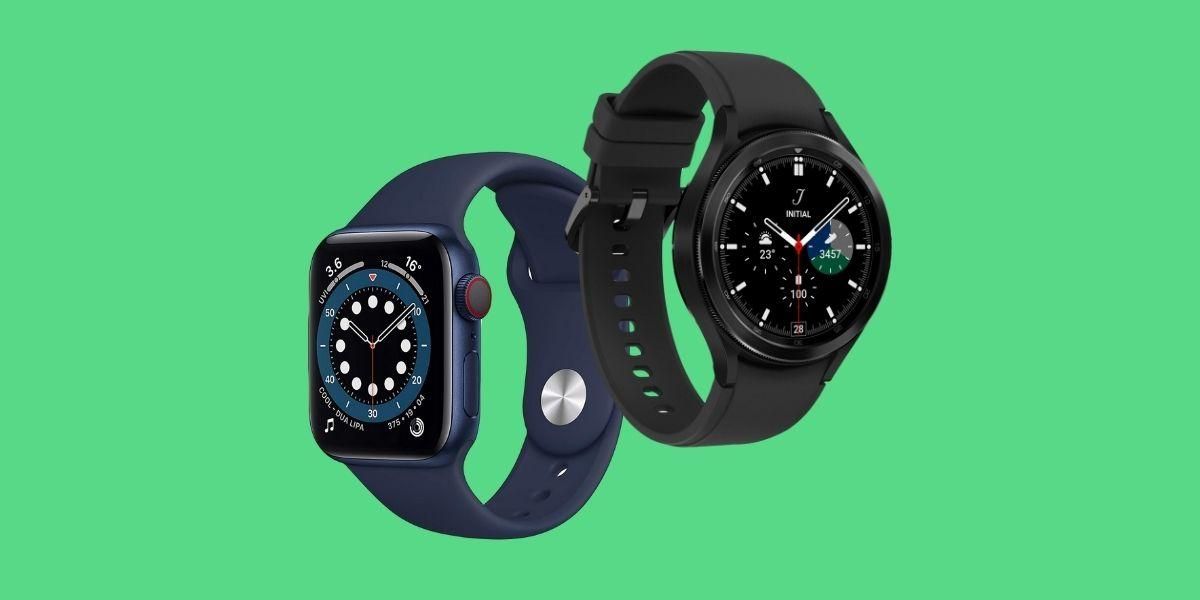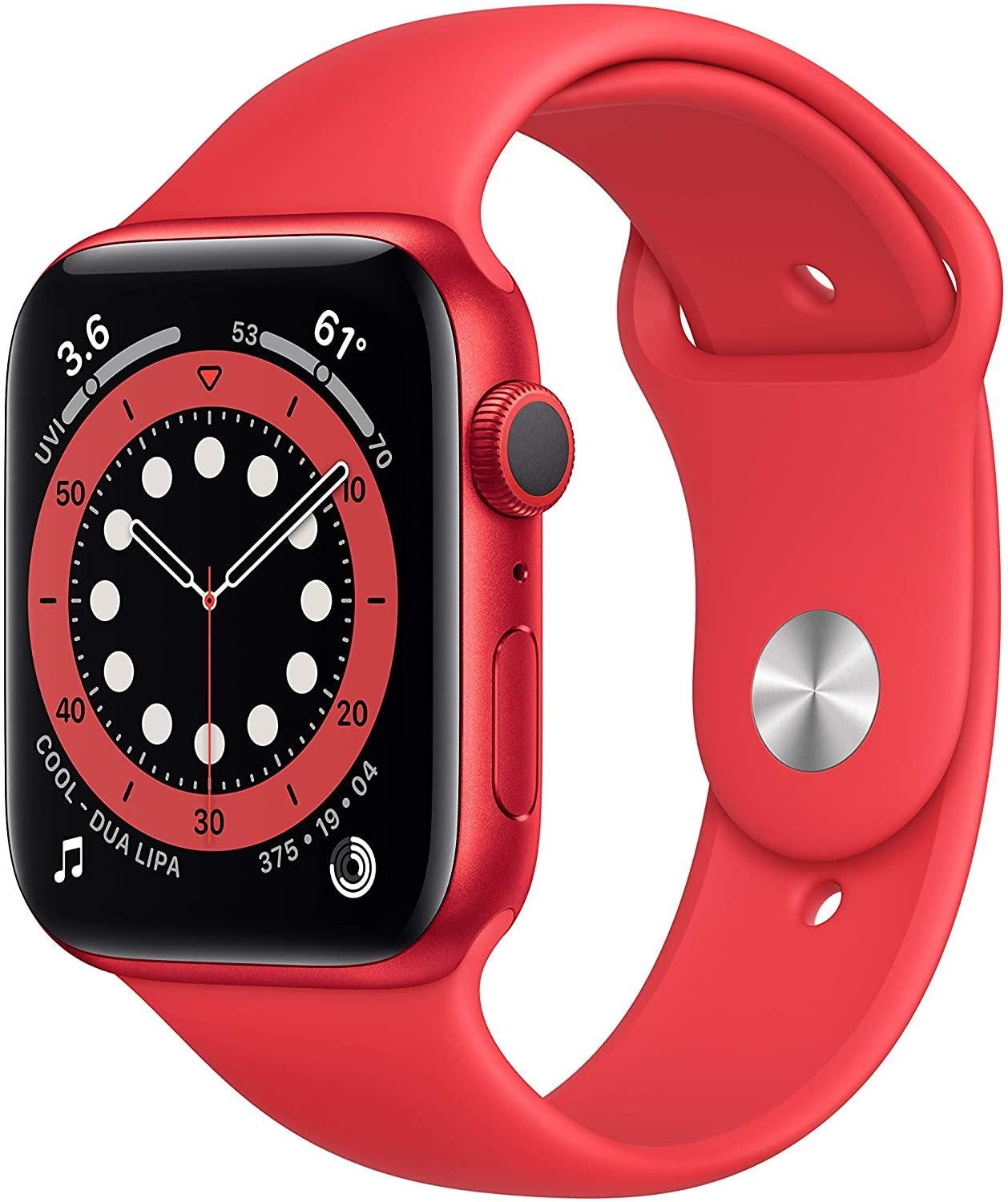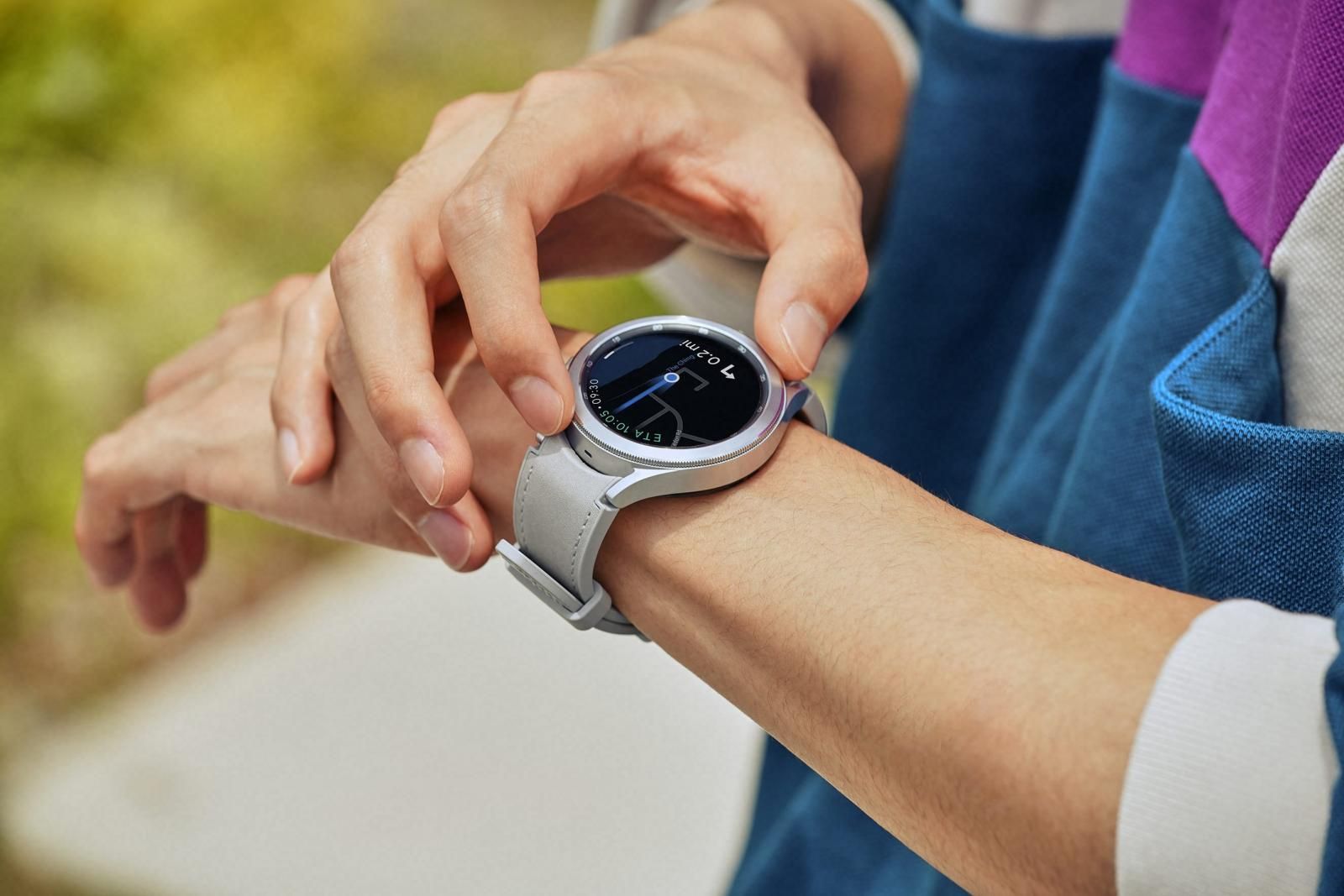The Galaxy Watch 4 Classic is one of Samsung’s two latest additions to its wearable lineup. It joins the sportier and less expensive Galaxy Watch 4 with its traditional timepiece-like design. For interested buyers, the Watch 4 Classic will be available for pre-order from today, August 11th, and has a starting price of $349.99.
With everything Samsung has offered as a package, does this device compete well against Apple’s Series 6? To help answer that question, in this article we compare everything we know about the devices to help you make a possible purchase decision and also find out whether Android users have a device that’s finally worth the money for long-term use.
Design
The circular dial on the Galaxy Watch 4 Classic will be available in two case sizes, a 42mm unit with a 1.19-inch screen and a 46mm one that houses a 1.36-inch display. Samsung offers stainless steel for both versions, unlike Apple where the default is aluminum, and a stainless steel case costs an additional $300. If you need a variety of straps, Samsung says they will offer a wide range of first-party options, and the use of a simple pin system means there will be an assortment of third-party ones too. Watch face customizability will also be available due to exceptional third-party support on the new Wear platform.
Surrounding the face is Samsung’s standard rotating bezel for navigating around the interface and two buttons to confirm inputs, return from screens, and other functions. The overall thickness of the watch has also seen a reduction because Samsung has been able to combine three sensors into a single unit. More on this later in the article.
Similarly, with the Apple Watch, users can also choose between two sizes for the squircle wearable, a 40mm or 44mm case where the displays are 1.53 and 1.78-inches, respectively. If you’re interested in customizability for the gadget, its popularity ensures there’s no shortage of third-party accessories — even if Apple uses a proprietary adapter mechanism. Although users will miss watch faces from external sources.
Bringing the focus back to its physical aspects, on one side is the Digital Crown (a rotating knob that doubles as a button), a side button, and a microphone. Opposite to these is the speaker grille. The back of the watch uses a ceramic material and houses the sensors required for monitoring heart rate and blood oxygen levels.
Technical Specifications and Battery
Processing on the Apple Watch Series 6 is handled by S6 SiP, while the Galaxy Watch 4 has a new 5nm Exynos W920. To save all your applications and data, Apple ships 32GB of storage, out of which an approximate 25GB is available for use. On the Galaxy Watch 4 Classic, Samsung features 16GB of internal storage, and we presume users will have access to at least 10GB after installing the OS and system applications. While Apple does not make public the amount of RAM they ship, reports say the Series 6 features 1GB of RAM, whereas Samsung includes 1.5GB.
To ensure you can make use of the devices at all times, Apple claims their battery is capable of 18 to 24 hours of use between charges, whereas Samsung claims a 40 hour battery life. But even if you disregard the slightly longer charge duration, the Watch 4 Classic still has an advantage due to its support for Qi Wireless Charging. For the Apple Watch, you’ll need the proprietary pad or accessories that feature it, whereas the Watch 4 Class can also charge with help from smartphones that support reverse wireless charging.
Health-based Features
Now let’s give you a deeper insight into what you can expect in terms of health. Samsung this year is leaning heavily on its all-new BioActive Sensor, which can measure three metrics — optical heart rate with a PPG Sensor, electrical heart rate via ECG, and a bioelectrical impedance analysis — with a single component. It also introduces the ability to measure body composition, which will give you a deeper understanding of fitness levels. Factors like skeletal muscle, fat mass, BMI, body water levels, and basal metabolic rates will now be available to users who want more detailed metrics to monitor their health better. Samsung describes the sensors as having the capability to capture 2,400 data points to give results with up to 98 percent accuracy.
With the Apple Watch, the embedded sensors on its back can only provide information relating to your heart rate and blood oxygen levels. But it can also provide notifications for irregular heartbeats and run an ECG to give medical grade readings, which has approval for use in several countries. But these features were also available on last year’s Galaxy Watch 3. So for health-based advances, we’ll have to wait until the Apple Watch Series 7 comes out. So as it currently stands, the Android-first wearable has the upper hand.
Which should you pick between Apple Watch and Galaxy Watch 4 Classic?
The straightforward answer to this is if you have an iPhone, get an Apple Watch because of how well it ties into the ecosystem. But if you’re someone who runs between both iOS and Android, then the Galaxy Watch 4 Classic’s new take on health-based features and cross-compatibility with the iPhone makes it a pick worth considering. With the OneUI Watch and Wear OS 3 platform that offers better app and service support, this new wearable might be the competing device that users have been waiting for all this time.
If you’re planning on getting the Galaxy Watch 4 Classic and Samsung’s new foldable, the Z Fold 3 or Z Flip 3, make sure to read our report on the larger of the two. The Z Fold 3 is now available at a starting price of $1,799.99. If you’re worried about protecting your investment or want an idea of how you could customize it, here’s our list of case options available for the device.
-
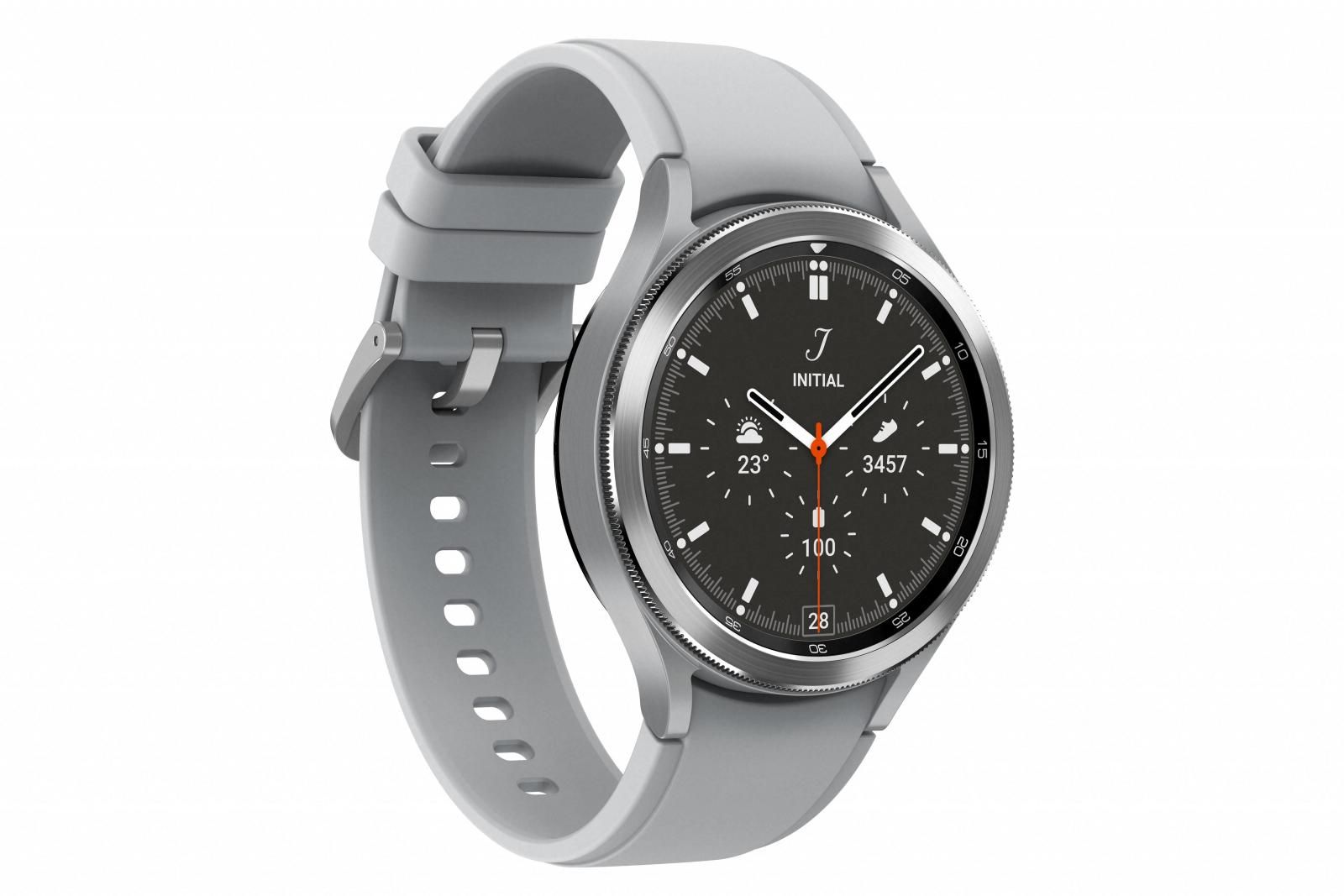
Samsung Galaxy Watch 4 Classic
The Galaxy Watch 4 Classic is the premium wearable offering announced at this year's Unpacked Event. Its variety of features and 40-hour battery make it a great accessory for those lives that revolve around fitness or business.
-
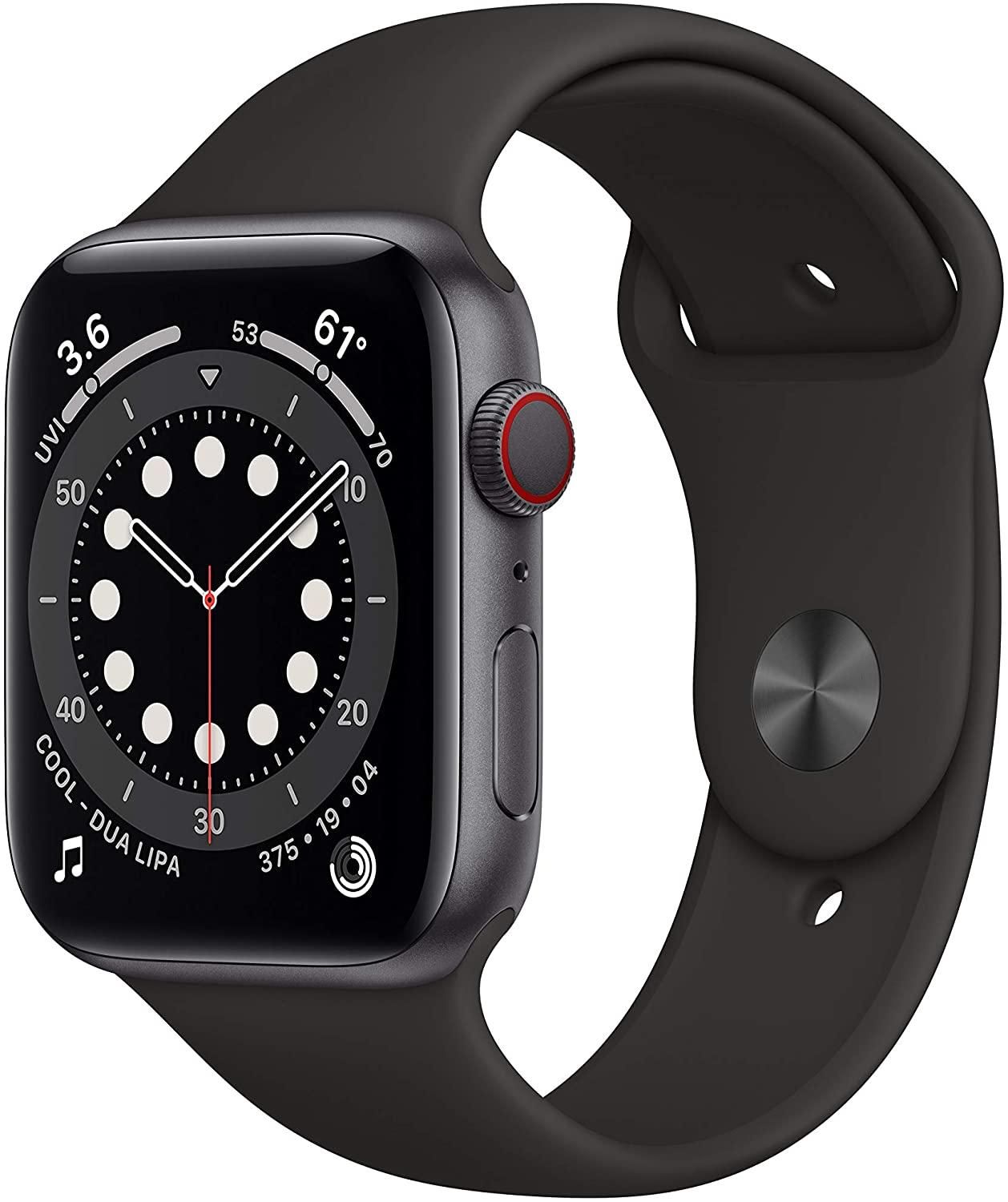
Apple Watch Series 6
The Apple Watch Series 6 is the best wearable Apple has on offer. The tight integration with other devices from the Cupertino giant and its fitness features make it one of those gadgets that will help you stay on top of your daily activities.

